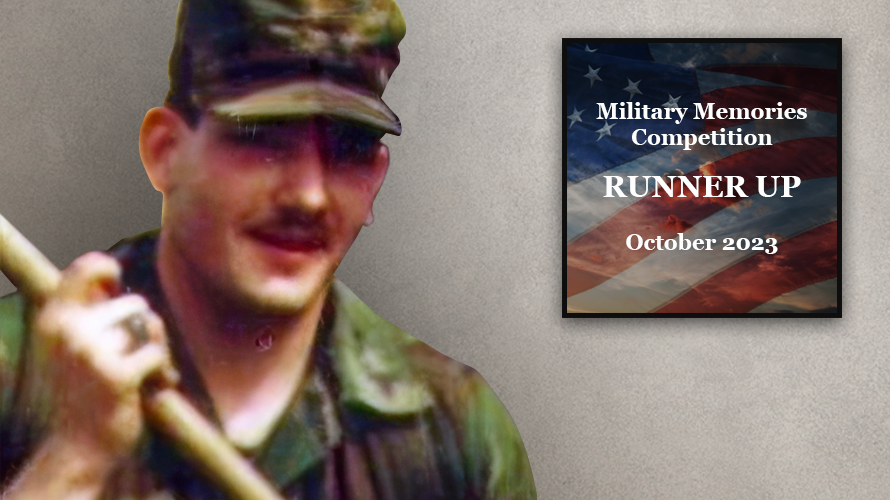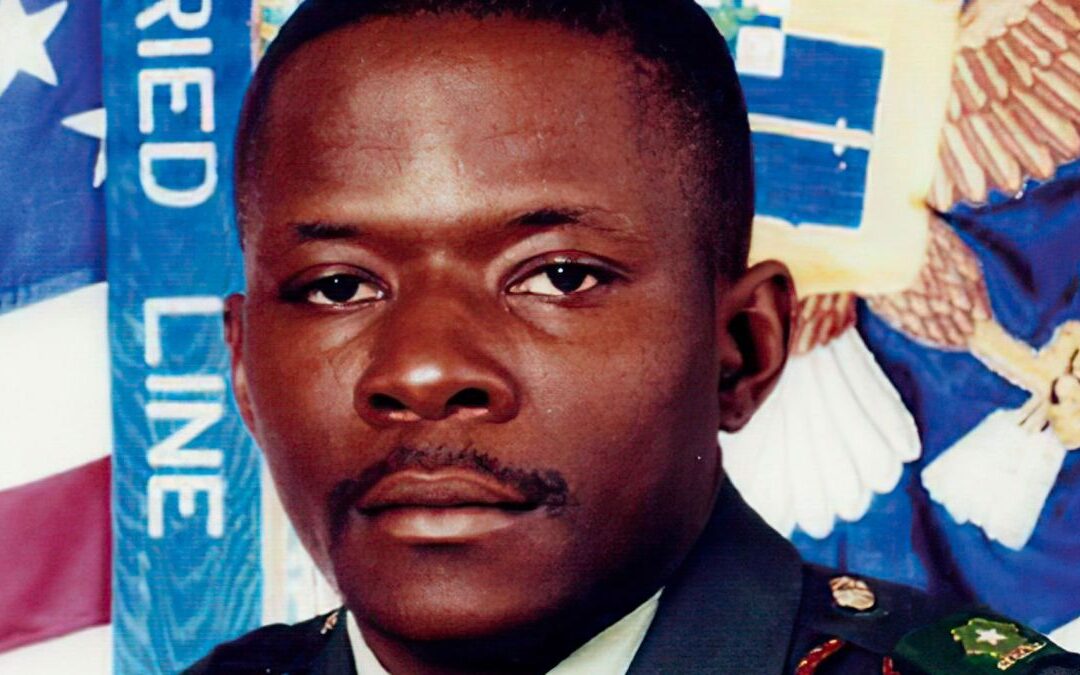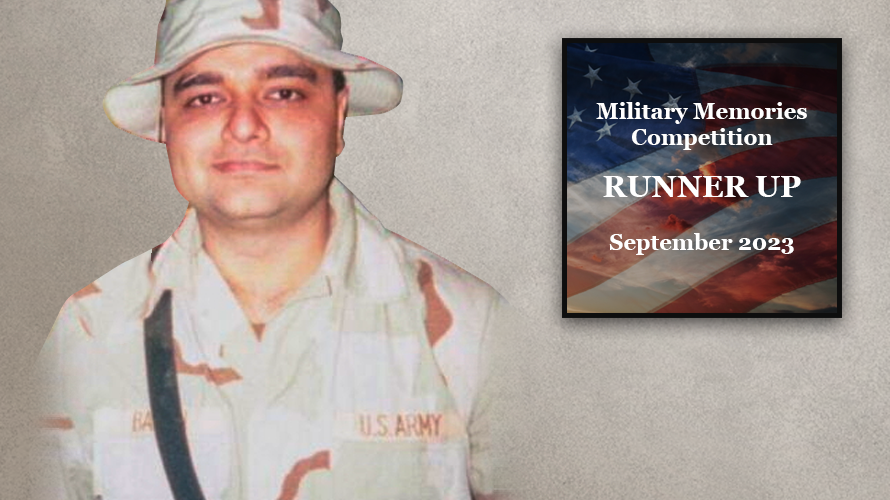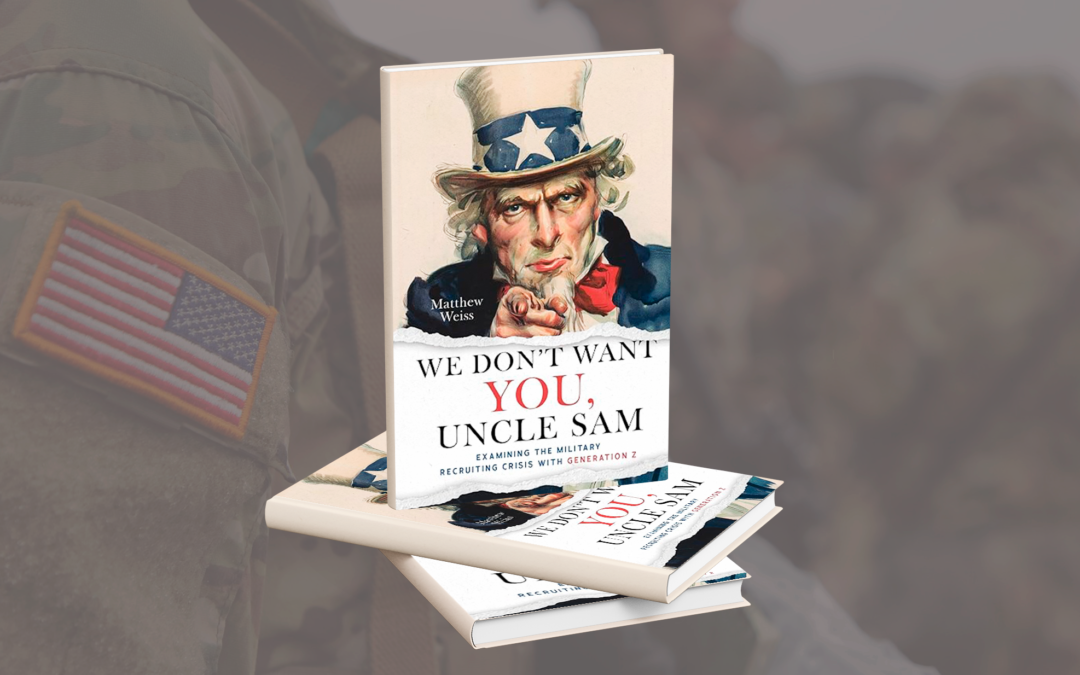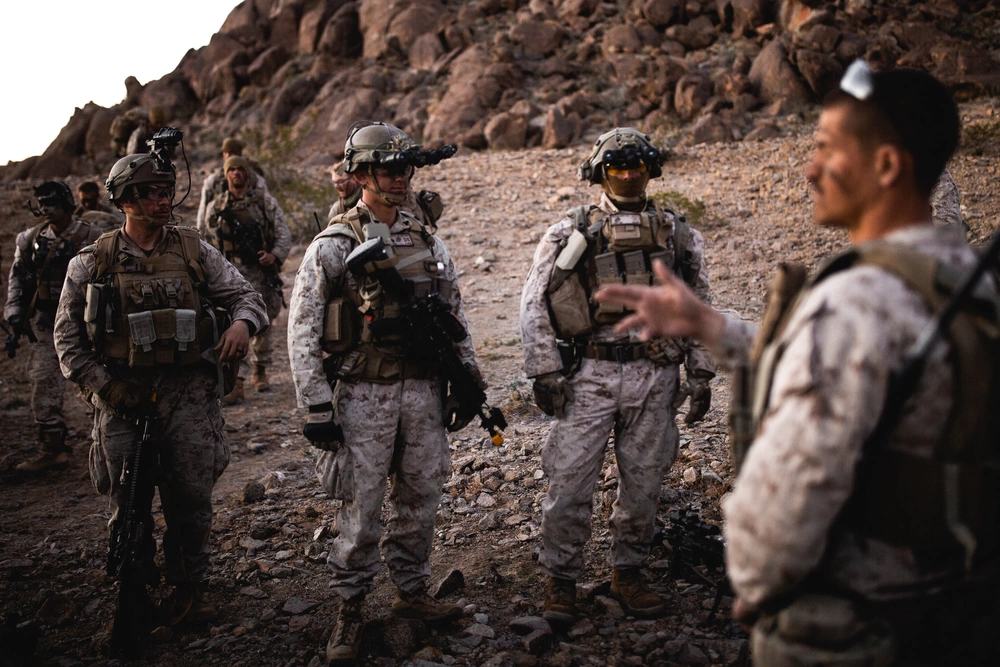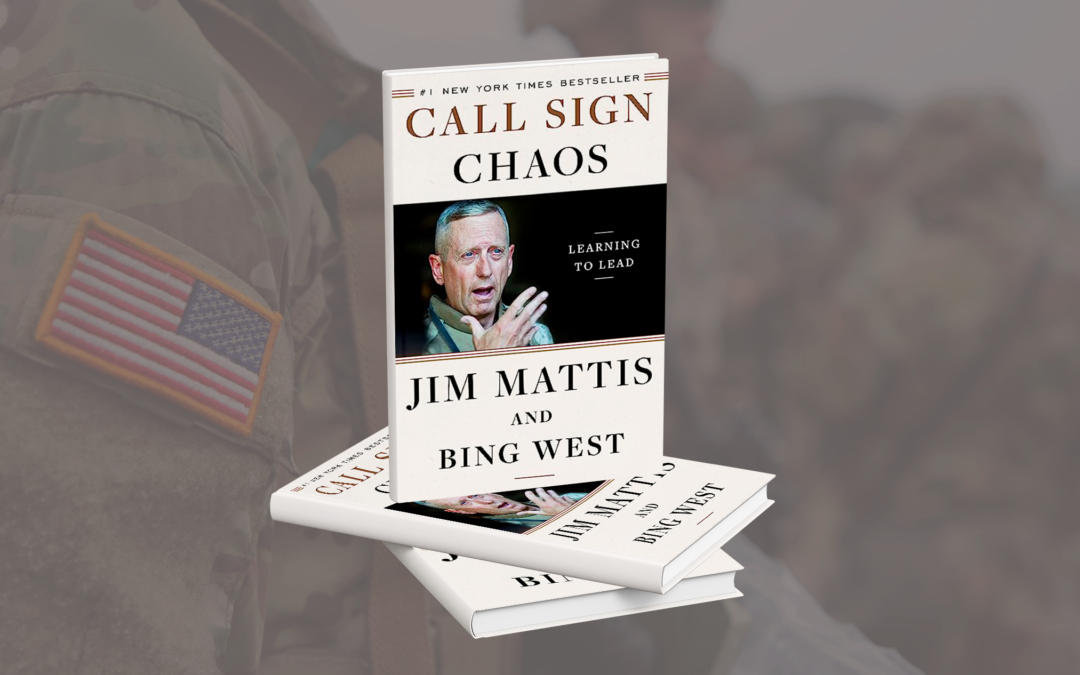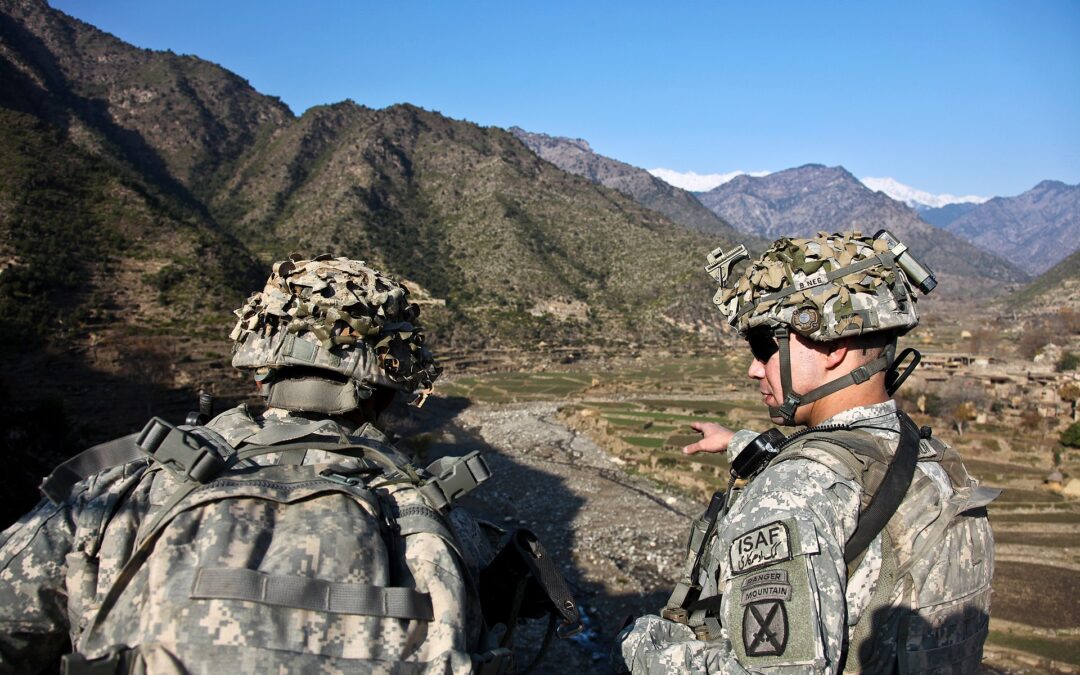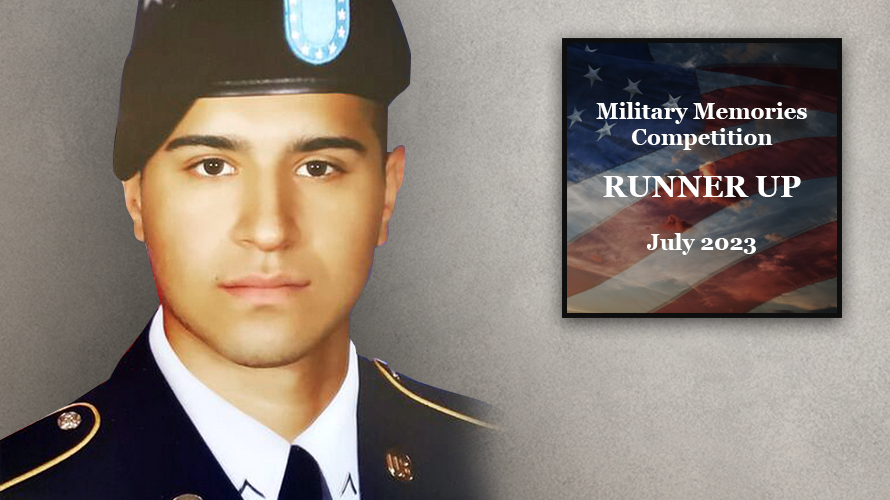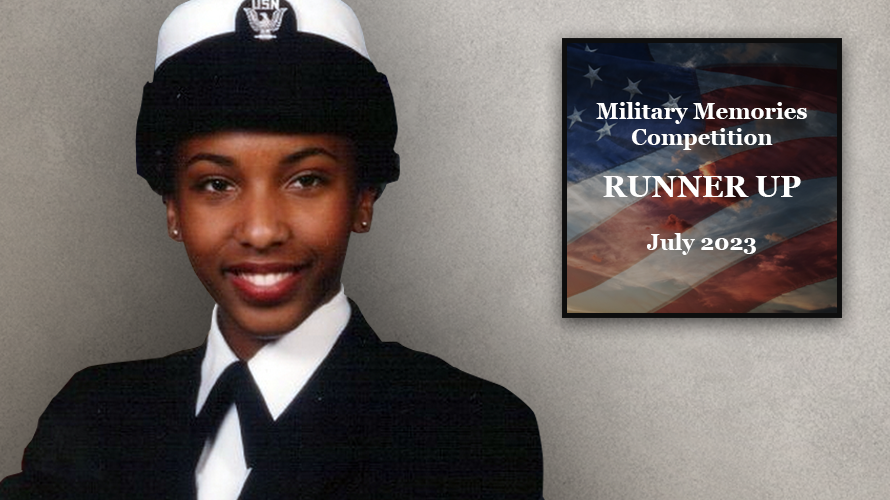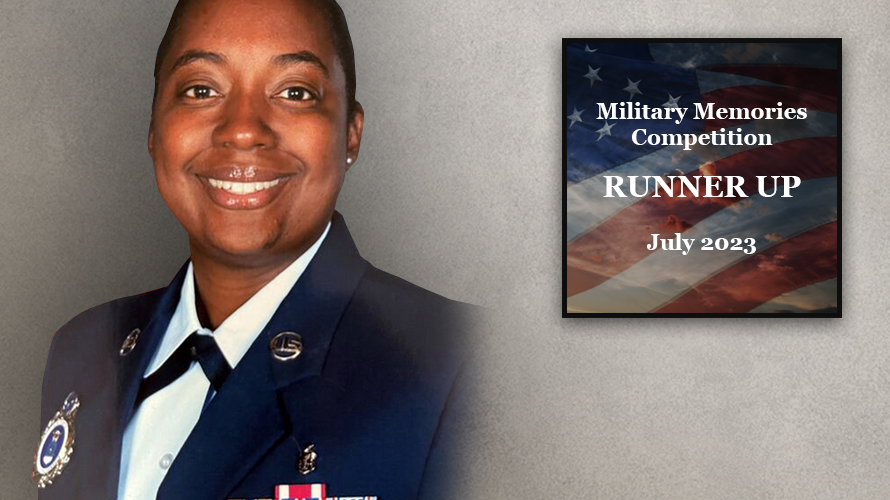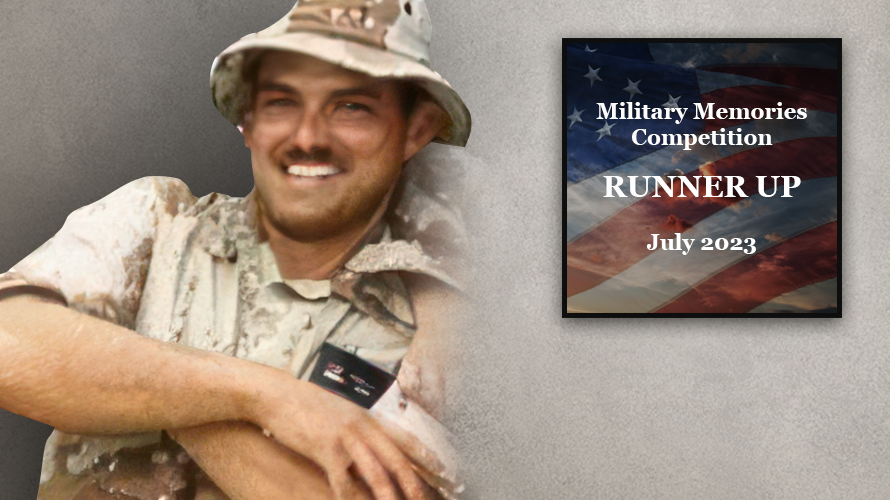Where did you go to Boot Camp/ Basic Training? What specific memories do you have of instructors, fellow recruits and any rigorous training?:
In 1984, FLW MO: We were training ‘Moving under fire”. We’d line up at the edge of the woods, and the first guy would run forward to cover. The first guy then yelled, “Covering!”. The next guy would yell, “Moving!” and run past the first guy and throw himself down at the next cover. He’d settle into a firing position and then yell, “Covering!” The first guy would yell “Moving!’ and run past him to the next cover. Lather, Rinse, Repeat. We were also using the downtime between platoons to enhance CTT skills. Located at this training area was the latrine. There was no running water at the training area, so the latrine was a wooden outhouse. It was about 8 feet wide and 30 feet long, with 10 holes cut out in the bench over the septic pit. It was well-maintained and clean for an outhouse. The stench, however, could lift the roof. Imagine countless soldiers doing their business in there, day in and day out. In Missouri. In August.
